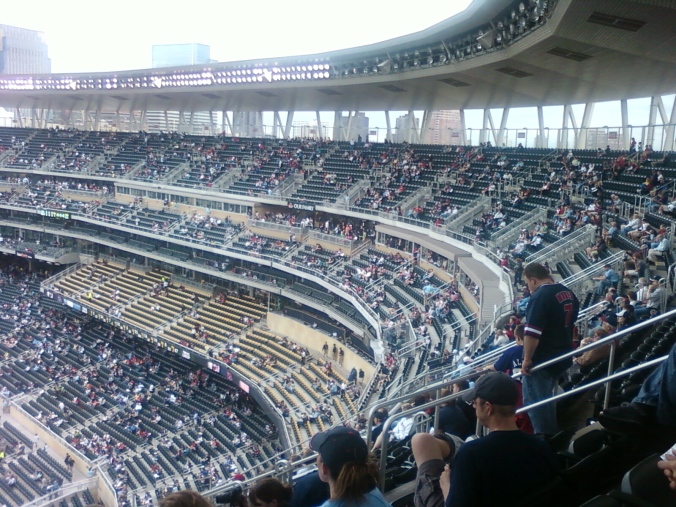That I am a lover of nostalgia, has been well established by now. And if my sentimentality is not enough to turn your stomach, let me add my love of “authenticity” to the list of pretensions.
As I mentioned in an earlier post, the trend for the past 20 years has been an increasing “corporatization” of minor league baseball. One by one the old wooden, small town ball parks have been disappearing, as MLB pulls their affiliates into larger markets and looks to squeeze as much cash as they can out of their farm system. I understand that the economics of minor league baseball have changed irrevocably. The romantic day’s of long bus rides to Podunkville, and cold showers are things of the past, and today’s prospects are treated far better than pro’s were 40, or 50 years ago. However, I really am having a hard time accepting the heavy handed MLB branding initiatives that are going on behind the scenes in the minor leagues.
Here’s a link to the only site that I can find that gives a comprehensive overview of the problem.
I don’t think I am being a conspiracy nut about this, but as you look at these different caps & logo designs it’s apparent that there is just a small handful of design templates, and one MLB appointed graphic design firm at work here.
Compare the artwork in the following three logos. I call this template, the “Ginormous Mascot with Club” design
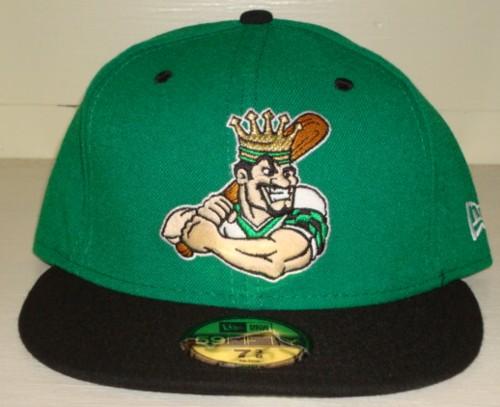
Clinton Lumberkings

Lake County Captains
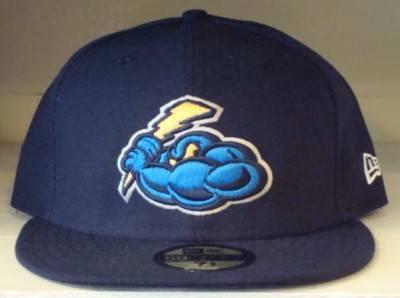
Trenton Thunder
Then there is the “Mascot Peeking Through Initials” design template:
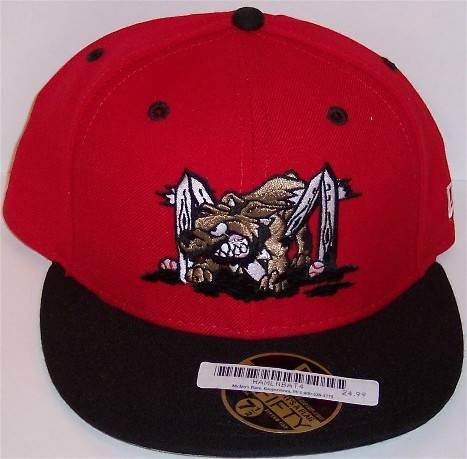
My Beloved Muckdogs

Binghampton Bees / Mets
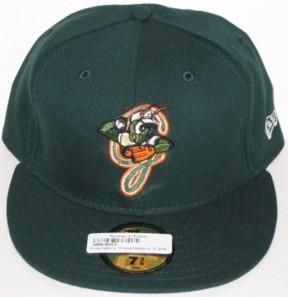
Greensboro Grasshoppers
Finally, we have the most egregious of the designs. “The Anthropomorphic Cap”
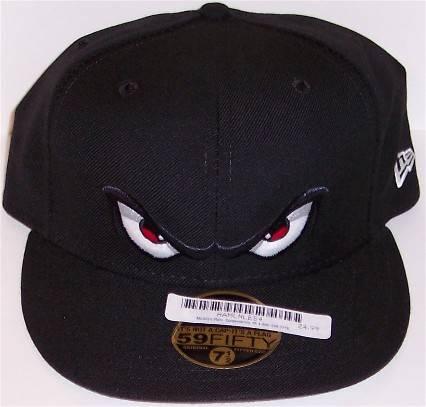
Lake Elsinore Storm
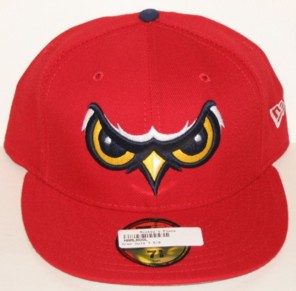
Orem Owls

Lehigh Valley Iron Pigs
This last one is enough to give me feverish nightmares of the Amityville Horror.
I am happy to see that Minor League Clubs have begun to drop the practice of copying their MLB affiliates nicknames, and I applaud their attempts to somehow link the club to the uniqueness of the local community by choosing nicknames that somehow connect to the history of the area. However, the heavy handed, generic, corporate approach makes me want to retch. Do they think we are that stupid? Do they think we don’t notice, or care? Do they think we will be good little consumers and lap up whatever mass produced corporate pabulum they spew our way?
Apparently yes. The “Disneyfication” of Minor League Baseball is getting out of hand. Honestly, they are straining so hard to look “cute” and “marketable” it’s hard to take them seriously. If I were a player I would be embarrassed to wear any of these caps. Not even for ironic purposes, which as a Gen-xer, is firmly established to be the end all, be all of fashion statements (Case in point, in 2003 the AAA farm club of the Dodgers, in Albuquerque New Mexico nicknamed themselves the “Isotopes” after the fictional Springfield Isotopes from the TV show The Simpson’s, and experienced a huge increase in merchandise sales.)
Personally, I think the “Poochies” would have been more appropriate.
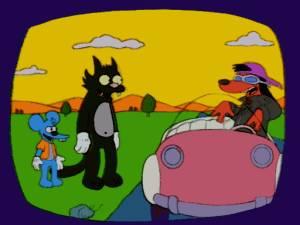
The Itchy, Scratchy, and Poochie Show!
If MLB really wants to tie the teams to their communities, why can’t they let each organization choose it’s own name, its own logo, and its own look? Wouldn’t it be wiser to allow each team to contract with local graphic artists, and ad agencies to develop their own image instead of using a centralized, corporate overlord from MLB to squeeze them all through the sausage maker of MLB dictated branding guidelines? I think going with local control over branding would allow the teams to forge closer ties to local companies, who will become sponsors, and advertisers, and marketing partners in the community. The result would be not only better looking business, but better business.
I know, all of American life has become mass produced, franchised, and Walmarted into anonymity. You can drive from coast to coast eating at the same restaurant, sleeping in the same motel, and getting gas at the same gas station, so why should we expect anything different?
Sigh… There’s nothing wrong with a simple letter on a cap. It’s worked for over a hundred years, and it will likely work for a hundred more.
























